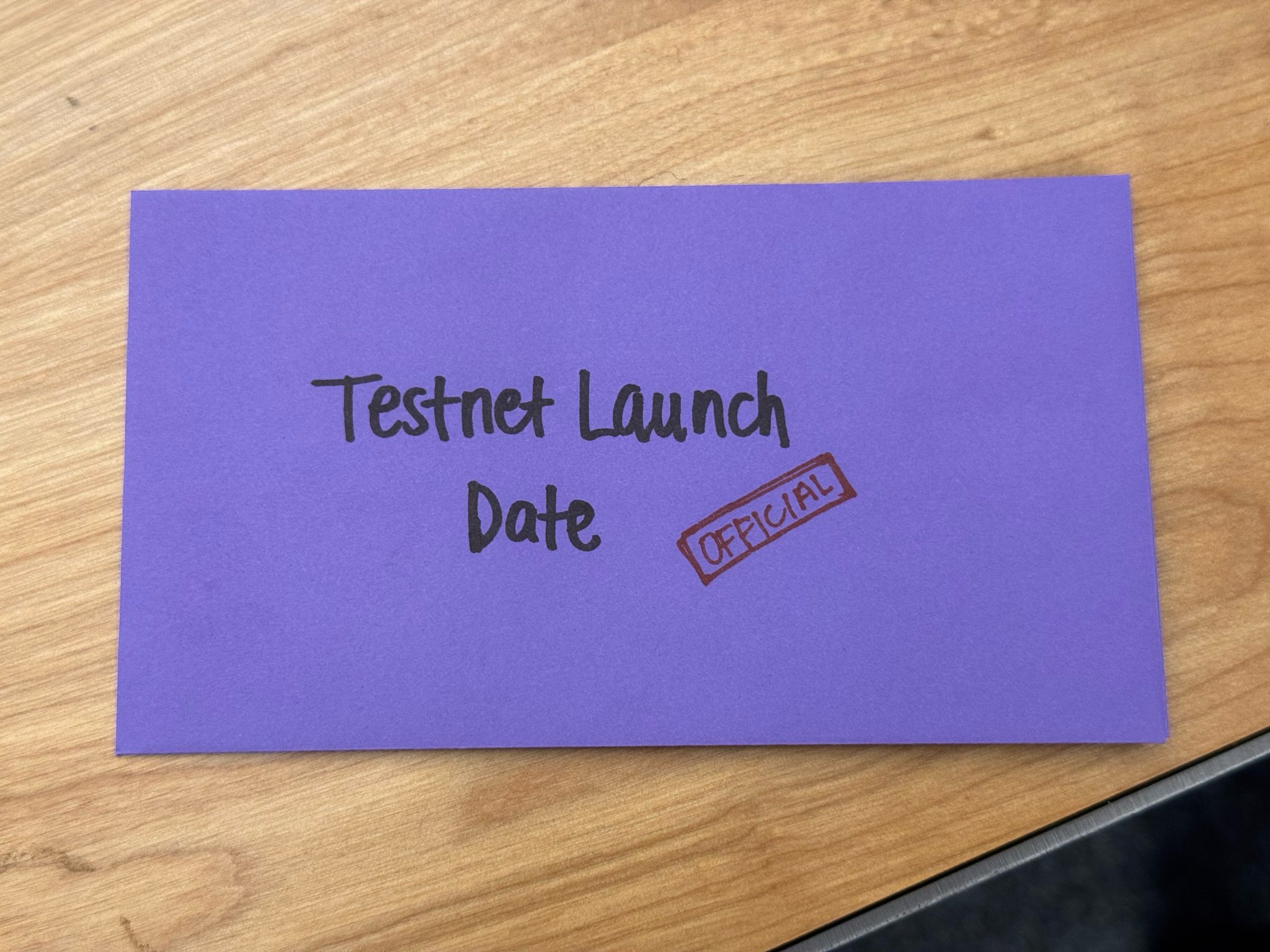
Introduction
For this edition of our Network Spotlight, we are focusing on Monad Protocol, a high-performance Ethereum-compatible Layer 1 (L1) blockchain. With the highly anticipated testnet launch just around the corner, Monad is making waves in the blockchain space with its claim of being the most performant EVM environment ever.
When people talk about parallel execution in computing, they often reference GPU-based parallel processing. Could this be what Monad is addressing? Let’s explore how Monad is improving blockchain performance and decentralization.
What is Monad Protocol?
Monad is designed to push the boundaries of Ethereum-compatible blockchains by significantly improving throughput, scalability, and decentralization without sacrificing compatibility. It introduces several optimizations that allow it to achieve an impressive 10,000 transactions per second (tps), setting a new standard for EVM-based blockchains.
Key Innovations in Monad
Monad optimizes blockchain performance across four major areas:
- MonadBFT – A fast and efficient consensus mechanism.
- Asynchronous Execution – Enhancing execution speed without delaying consensus.
- Parallel Execution – Leveraging multi-threading for optimal transaction processing.
- MonadDb – A high-performance database for state storage.
These improvements ensure that Monad can handle high transaction volumes while maintaining full compatibility with existing Ethereum applications, tools, and wallets.
Why Monad? A Balance Between Decentralization and Performance
The Importance of Decentralization
A blockchain is built on two fundamental pillars:
- Consensus Mechanism – Ensures agreement on transactions.
- Execution & Storage System – Maintains and processes the blockchain’s state.
Many blockchain networks attempt to improve performance by making trade-offs that reduce decentralization, such as requiring geographically concentrated nodes or excessive hardware requirements. Monad, however, ensures that performance enhancements do not come at the cost of decentralization.
Overcoming Ethereum’s Bottlenecks
Ethereum’s current execution limits (1.25M gas per second) are conservatively set due to issues such as:
- Single-threaded execution
- Inefficient storage access
- State growth concerns
Monad addresses these bottlenecks by incorporating cutting-edge parallel execution and pipelining techniques, allowing it to process transactions far more efficiently.
Monad’s Performance Enhancements
Parallel Execution: The Key to High Throughput
Unlike traditional single-threaded execution in Ethereum, Monad executes transactions in parallel while maintaining the correct order of execution. This means that from a user and developer perspective, transactions appear sequential, but under the hood, they are processed in parallel for maximum efficiency.
Superscalar Pipelining: A Smarter Way to Process Transactions
Monad introduces superscalar pipelining, a technique borrowed from CPU architecture that enables different parts of the system to work on different stages of transaction processing simultaneously. This dramatically speeds up execution and consensus finalization.
What Makes Monad Different?
- 10,000 tps – Significantly higher transaction throughput than Ethereum and most L2s.
- 1-Second Block Time & Finality – Near-instant transaction confirmations.
- Full EVM & RPC Compatibility – Seamless migration for Ethereum developers.
- Efficient State Storage – Using MonadDb to optimize blockchain state management.
- Low Hardware Requirements – Maintaining decentralization by allowing more participants to run nodes.
The Monad User Experience
For users, Monad behaves similarly to Ethereum:
- Same wallets – Use MetaMask, Phantom, and other EVM-compatible wallets.
- Same dApps – Any Ethereum application can run on Monad without modifications.
- Same developer tools – Hardhat, Foundry, and Apeworx work seamlessly.
- Same address space – Reuse your existing Ethereum keys and addresses.
However, Monad also offers game-changing benefits:
- Drastically lower transaction costs
- Higher throughput for dApps
- Improved efficiency without compromising decentralization
Why Monad Matters for the Future of Blockchain
Decentralized applications (dApps) promise censorship resistance, composability, transparency, and global accessibility. However, current infrastructure limitations hinder mass adoption. A single dApp with 1M daily active users (DAUs) making 10 transactions per day would require 100 tps—something no EVM blockchain can currently sustain. Monad changes that.
By introducing parallel execution and pipelining, Monad ensures that Ethereum-compatible blockchains can support large-scale applications while remaining decentralized. This represents a major leap toward making blockchain technology viable for mainstream adoption.
Final Thoughts
With its testnet launch imminent, Monad Protocol is poised to set a new benchmark for blockchain scalability and efficiency. By maintaining full Ethereum compatibility while dramatically increasing performance, Monad paves the way for a decentralized future where applications can scale without compromise.
Stay tuned for more updates on Monad’s journey and testnet developments. The future of high-performance Ethereum-compatible blockchains starts here!

